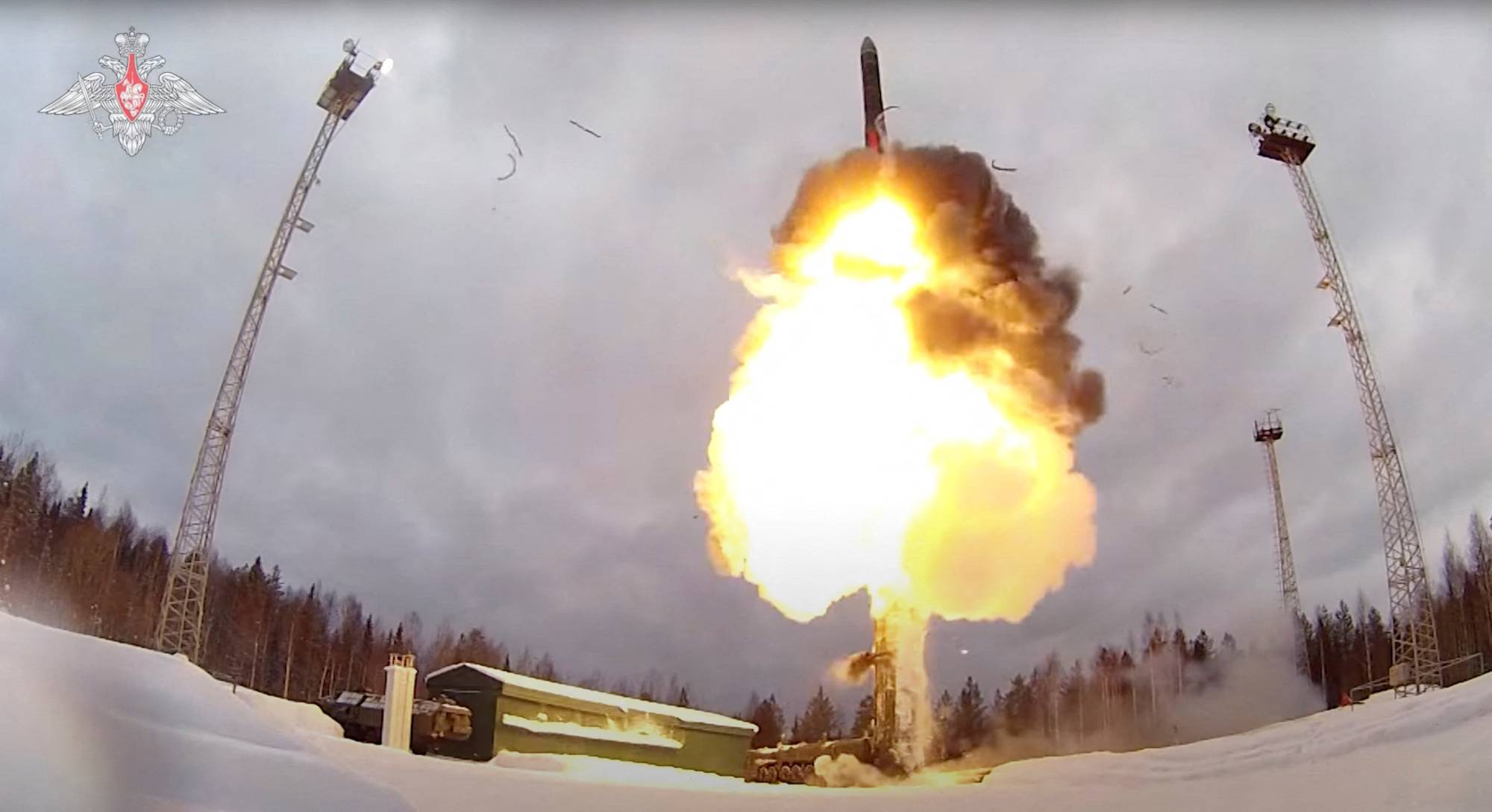In late February, when Russian President Vladimir Putin declared that his country’s nuclear arms were entering "special combat readiness,” America’s surveillance gear went on high alert. Hundreds of imaging satellites, as well as other private and federal spacecraft, began looking for signs of heightened activity among Russia’s bombers, missiles, submarines and storage bunkers, which hold thousands of nuclear warheads.
The orbital fleet has yet to spot anything worthy of concern, image analysts said. Echoing the private assessments, U.S. and NATO officials have reported no signs that Russia is preparing for nuclear war. "We haven’t seen anything that’s made us adjust our posture, our nuclear posture,” Jake Sullivan, the national security adviser to U.S. President Joe Biden, told reporters on March 23.
But America’s atomic watchdogs have reason to continue looking, experts said. Moscow has long practiced using relatively small nuclear blasts to offset battlefield losses. And some military experts are concerned over what Putin might do, after setbacks in Ukraine, to restore his reputation for edgy ruthlessness.



